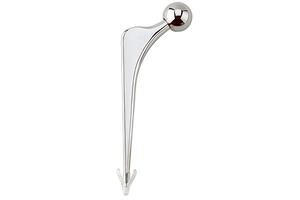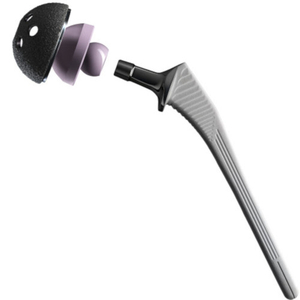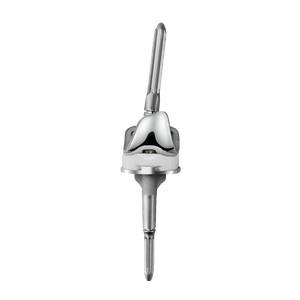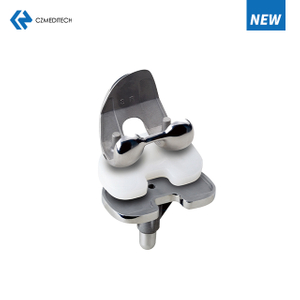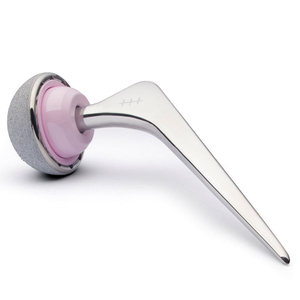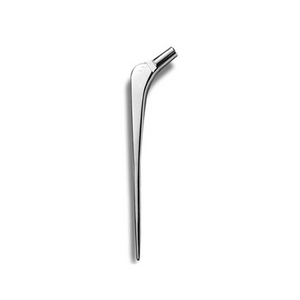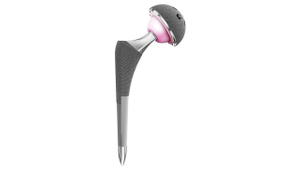Tumor Femoral Stem: A Comprehensive Overview of Diagnosis, Treatment, and Recovery
Introduction
Tumor femoral stem is a rare but serious condition that affects the femoral bone. It involves the growth of a tumor within the bone, which can be either benign or malignant. This condition is often caused by cancer or other diseases and can have serious implications for the affected individual. In this article, we will provide a comprehensive overview of tumor femoral stem, including its diagnosis, treatment, and recovery.
Understanding Tumor Femoral Stem
What is Tumor Femoral Stem?
Tumor femoral stem is a condition where there is an abnormal growth of a tumor in the femoral bone. It can be either benign or malignant and can have a significant impact on the individual’s mobility and quality of life.
What Causes Tumor Femoral Stem?
The causes of tumor femoral stem can vary from person to person. It can be caused by cancer, bone diseases, or other underlying conditions. In some cases, there may be no clear cause for the development of the tumor.
Symptoms of Tumor Femoral Stem
The symptoms of tumor femoral stem can vary depending on the size and location of the tumor. Some of the common symptoms include pain in the affected area, swelling, and difficulty in movement. In severe cases, the individual may experience a fracture or other complications.
Diagnosis of Tumor Femoral Stem
Imaging Tests
Imaging tests are typically the first step in diagnosing tumor femoral stem. X-rays, CT scans, and MRIs can help doctors determine the location, size, and extent of the tumor.
Biopsy
A biopsy may also be necessary to confirm the diagnosis of tumor femoral stem. In this procedure, a small sample of the affected tissue is removed and examined under a microscope for signs of cancer or other abnormalities.
Treatment of Tumor Femoral Stem
Surgery
Surgery is often the primary treatment for tumor femoral stem. Depending on the size and location of the tumor, the affected bone may need to be partially or completely removed. In some cases, a prosthetic femoral stem may be used to replace the removed bone.
Radiation Therapy
Radiation therapy may also be used to treat tumor femoral stem. This involves using high-energy radiation to destroy cancer cells and shrink tumors.
Chemotherapy
Chemotherapy may be recommended for individuals with malignant tumor femoral stem. This involves using drugs to kill cancer cells and prevent them from spreading to other parts of the body.
Recovery from Tumor Femoral Stem
Rehabilitation
After surgery or other treatments for tumor femoral stem, rehabilitation is often necessary to help the individual regain strength and mobility in the affected area. Physical therapy and other types of rehabilitation may be recommended.
Follow-Up Care
Regular follow-up care is also essential for individuals with tumor femoral stem. This may include imaging tests, blood tests, and other evaluations to monitor the condition and prevent complications.
Conclusion
Tumor femoral stem is a rare but serious condition that can have significant implications for the affected individual’s quality of life. Diagnosis and treatment of this condition require a comprehensive approach that includes imaging tests, biopsies, surgery, radiation therapy, and chemotherapy. Rehabilitation and regular follow-up care are also essential for recovery.
FAQs
Q1. Is tumor femoral stem always malignant?
No, tumor femoral stem can be either benign or malignant.
Q2. Can tumor femoral stem be prevented?
There is no sure way to prevent tumor femoral stem. However, maintaining a healthy lifestyle and seeking medical attention for any unusual symptoms can help with early diagnosis and treatment.
Q3. What are the risks associated with surgery for tumor femoral stem?
The risks associated with surgery for tumor femoral stem can vary depending on the individual’s health and the extent of the surgery. Some possible risks include infection, bleeding, nerve damage, and joint stiffness.
Q4. How long does recovery from tumor femoral stem take?
Recovery from tumor femoral stem can take several months or even up to a year, depending on the individual’s overall health and the extent of the treatment. Rehabilitation and follow-up care are essential for a successful recovery.
Q5. Can tumor femoral stem recur after treatment?
There is a possibility that tumor femoral stem can recur after treatment, especially if the individual has underlying conditions such as cancer. Regular follow-up care and monitoring can help detect any recurrence early and ensure prompt treatment.













